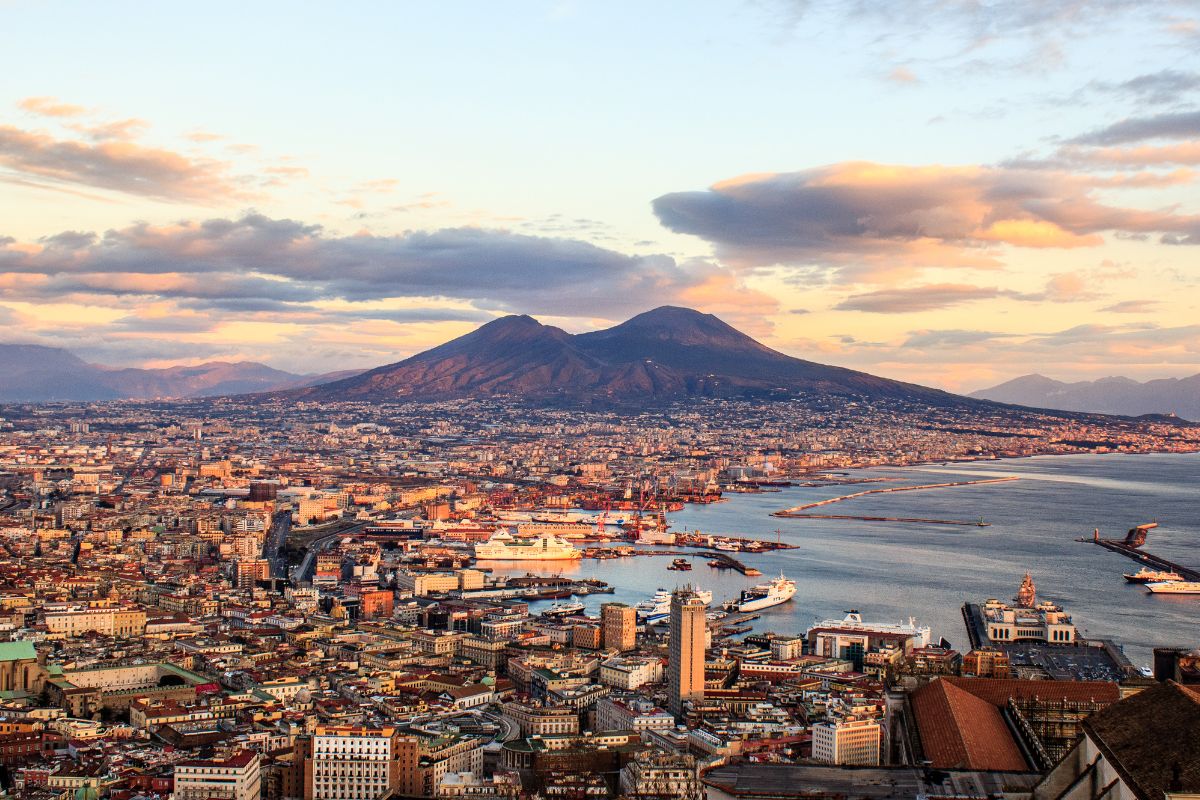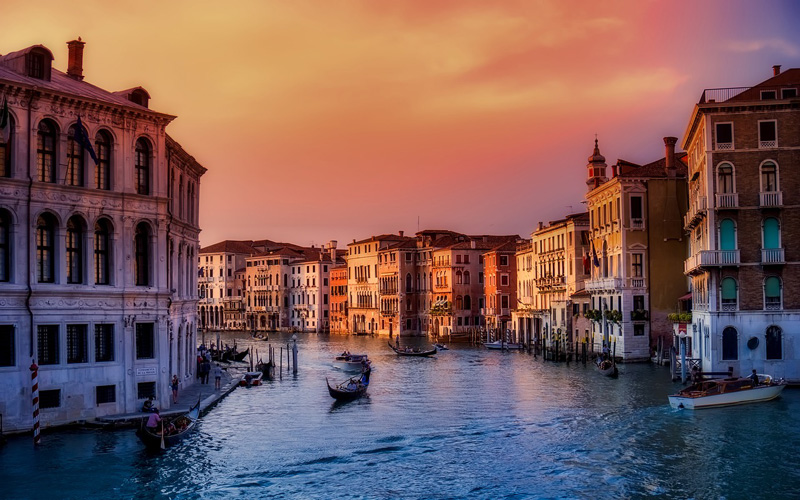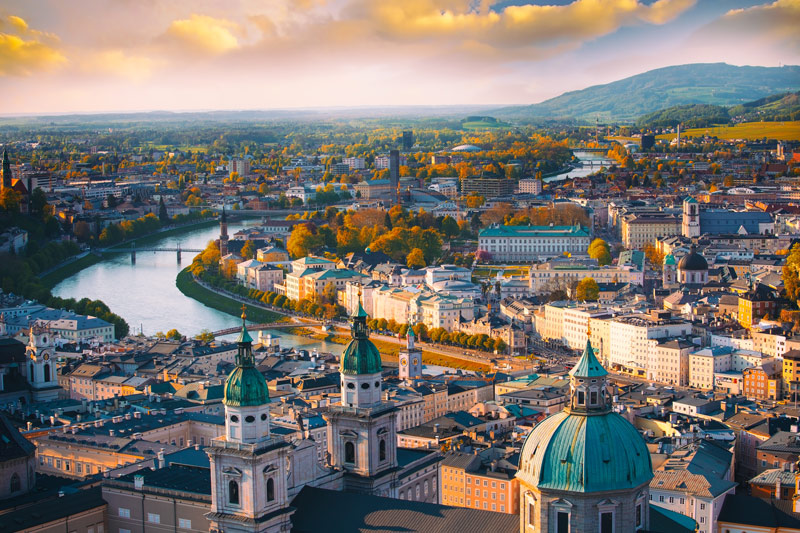If you’re planning a trip to Rome, one of the biggest decisions you’ll have to make is how many days to spend in the Eternal City. With so much to see and do, it can be overwhelming to determine the right amount of time to allocate to your visit.
The good and bad news is that there is no one-size-fits-all answer to this question. The ideal duration of your trip will depend on your interests, budget, and travel style.

To help you make an informed decision, this article will provide you with some key considerations to keep in mind when determining how many days to spend in Rome. From exploring the city’s iconic landmarks to experiencing its rich food and wine culture, we’ll cover everything you need to know to plan your perfect Roman holiday.
Key Takeaways
- The ideal duration of your trip to Rome will depend on your interests, budget, and travel style.
- To make the most of your time in Rome, consider creating a detailed itinerary that prioritizes your must-see landmarks and activities.
- Whether you’re exploring Rome’s museums, food and wine culture, or day trip destinations, there’s something for every type of traveler in the Eternal City.
Determining Your Itinerary
The amount of time you need to see everything in Rome depends on your interests, budget, and schedule. While some travelers can see the highlights of the city in just two or three days, others may want to spend a full week exploring every corner of the Eternal City.
If you’re short on time, a two-day itinerary can still allow you to see many of Rome’s most famous landmarks, such as the Colosseum, the Roman Forum, and the Vatican Museums. However, you’ll need to prioritize and plan your time carefully to make the most of your visit.
For a more leisurely trip, consider spending three to five days in Rome. This will give you enough time to see the major sites at a more relaxed pace, as well as explore some of the city’s lesser-known neighborhoods and attractions.
Are you more interested in ancient history, art, or food? Do you want to see as much as possible, or take a more laid-back approach to your trip? Rome is a city that rewards exploration and spontaneity. While it’s important to have a plan, don’t be afraid to leave some room in your itinerary for unexpected discoveries and adventures.
» Here is our 2-week Italy itinerary to help you plan your trip around Italy’s top cities. We also have a travel guide for Venice, a 3-day Rome itinerary, things to see in Florence, foodie things to do in Bologna, and a guide to the top landmarks in Italy. Learn about renting a car in Italy. Be sure to check out our 2-week Europe Itinerary.
Planning your trip to Rome?
- Book a transfer from the airport to Rome city center with Welcome Pickups.
- Rent a car from the Rome airport through Discover Cars for the best deals.
Where to Stay in Rome: See all hotel options
- Il Plazzetto ⇒ Read reviews on Trip Advisor
- The Inn at the Spanish Steps ⇒ Read reviews on Trip Advisor
- Nerva Boutique Hotel ⇒ Read reviews on Trip Advisor
Best Tours and Experiences in Rome:
- Exclusive Breakfast with Early Access to Vatican Museum and Sistine Chapel
- Guided Tour of Colosseum Underground, Arena and Forum
- Twilight Trastevere Rome Food Tour (Exclusive VIP access in trendy neighborhood)
Choosing the Right Time to Visit
One of the most important factors to consider is the time of year you will be visiting. Rome is a popular destination year-round, but the experience can vary greatly depending on the season.
The best time to visit Rome is generally considered to be from September to April. During these months, the weather is mild and the crowds are smaller. The summer months, from June to August, can be very hot and crowded, making it difficult to enjoy some of the city’s outdoor attractions.
If you do decide to visit Rome during the summer months, be sure to pack sunscreen, a hat, and a refillable water bottle. It’s also a good idea to plan your sightseeing for early in the morning or later in the evening when the temperatures are cooler.
On the other hand, the winter months in Rome can be quite chilly, with temperatures often dropping below freezing. However, the city is still beautiful during this time of year, and there are fewer tourists to contend with. Just be sure to pack warm clothing and plan for indoor activities on particularly cold days.
Exploring Rome’s Landmarks

Rome is a city that boasts an incredible amount of history and culture, with landmarks and monuments that are recognized all over the world. Whether you’re a history buff or just someone who appreciates beautiful architecture, there are plenty of landmarks in Rome that you won’t want to miss.
One of the most famous landmarks in Rome is the Colosseum. This ancient amphitheater was once the site of gladiator battles and other public spectacles. Today, visitors can tour the Colosseum and even walk on the arena floor, where gladiators once fought for their lives.
Another must-see attraction in Rome is the Roman Forum, which was once the center of political and social life in ancient Rome. Here, you can see the ruins of ancient temples, government buildings, and public squares.
For those interested in art and religion, a visit to the Vatican is a must. The Vatican City is home to some of the most famous landmarks in Rome, including the Sistine Chapel, the Vatican Museum, and St. Peter’s Basilica.
Other popular landmarks in Rome include the Trevi Fountain, the Pantheon, the Spanish Steps, and the Piazza Navona. These beautiful public squares and fountains are not only great places to take photos, but they also offer a glimpse into the city’s rich history and culture.
If you’re looking to explore some of Rome’s lesser-known landmarks, consider visiting the Castel Sant’Angelo, the Altare della Patria, or the Appian Way. These hidden gems offer a unique perspective on the city’s history and architecture.
For those interested in ancient history, a visit to Ostia Antica is a must. This ancient port city is home to some of the best-preserved ruins from ancient Rome, including a theater, baths, and a necropolis.
If you’re feeling brave, consider exploring some of Rome’s crypts. These underground tombs and catacombs offer a unique and eerie perspective on the city’s history and culture.
Experiencing Rome’s Museums
Rome is home to some of the world’s most famous and historically significant museums. If you are an art or history enthusiast, you won’t want to miss out on the opportunity to explore the city’s museums. Here are some of the must-visit museums in Rome:
Vatican Museums

The Vatican Museums are one of the most famous museums in the world, and for good reason. The museum complex houses an impressive collection of art and artifacts, including the famous Sistine Chapel painted by Michelangelo. The museum also features works by Bramante, Raphael, and other famous artists. The Vatican Museums are a must-visit for anyone interested in art, history, or religion.
Capitoline Museums

The Capitoline Museums are the world’s oldest public museums. The museum complex is located on Capitoline Hill and houses a vast collection of ancient Roman art and artifacts. Highlights include the famous Capitoline Wolf statue, which is a symbol of the city of Rome, and the equestrian statue of Marcus Aurelius. The Capitoline Museums are a must-visit for anyone interested in ancient Roman history and art.
Borghese Gallery

The Borghese Gallery is a smaller museum located in the Villa Borghese park. The museum houses a collection of art and sculptures from the 15th to the 18th century, including works by Bernini, Caravaggio, and Raphael. The museum is known for its beautiful gardens and stunning architecture, making it a must-visit for anyone interested in art and architecture.
Other Museums
In addition to the above museums, Rome is home to many other museums that are worth a visit. The National Museum of Rome houses a vast collection of ancient Roman artifacts, while the MAXXI Museum is dedicated to contemporary art and architecture. The Museum of Roman Civilization is another must-visit for anyone interested in ancient Roman history.
Exploring Rome’s Food and Wine Culture

When it comes to food and wine, Rome has a lot to offer. From traditional Roman cuisine to local restaurants and cafes, there is something for everyone. Here are some sub-sections to help you explore Rome’s food and wine culture:
Traditional Roman Cuisine
Traditional Roman cuisine is a must-try when visiting Rome. Some of the most famous dishes include carbonara, amatriciana, and cacio e pepe. These dishes are made with simple ingredients but are bursting with flavor. Don’t forget to try some pizza al taglio, a Roman-style pizza that is sold by weight and cut into squares.
Rome is home to many great restaurants and cafes. Some of the best places to eat in Rome include Pizzeria La Montecarlo, Trattoria da Enzo al 29, and Roscioli. For coffee lovers, try Sant’Eustachio Il Caffè, which has been serving coffee since 1938.
No trip to Rome is complete without trying some wine and gelato. Rome is known for its red wines, such as Chianti and Montepulciano. For gelato, head to Giolitti, which has been serving gelato since 1900.
If you want to learn more about Rome’s food and wine culture, consider taking a food tour or cooking class.
Getting Around Rome
When it comes to getting around Rome, there are several transportation options available to you. Here are some of the most popular ways to explore the city:
Public Transportation
Rome has an extensive public transportation system that includes buses, trams, and metro lines. The metro is the fastest way to get around the city, and it is especially useful for reaching destinations that are far from the city center. The buses and trams are slower, but they offer a more scenic way to travel and can be more convenient for shorter trips.
If you plan on using public transportation frequently during your stay in Rome, consider purchasing a Roma Pass or an Omnia Card. These cards provide unlimited access to public transportation and also include discounts on sightseeing and other activities.
Walking and Biking
Walking and biking are great ways to explore Rome at a relaxed pace. The city is relatively compact, and many of the major attractions are within walking distance of each other. Biking is also a popular option, and there are several bike rental shops throughout the city.
Keep in mind that Rome is a very busy city, and the streets can be crowded and chaotic. Be sure to stay alert and aware of your surroundings, especially when crossing busy streets.
Guided Tours
If you prefer a more structured way to explore the city, consider taking a guided tour. There are several companies that offer walking tours, bike tours, and bus tours of Rome. These tours can be a great way to learn more about the city’s history and culture, and they can also help you navigate the city more easily.
Many guided tours also include skip-the-line access to popular attractions, which can save you time and hassle. Be sure to research different tour options and read reviews before booking to ensure that you choose a reputable company.
Day Trips from Rome

While Rome has plenty to offer, there are also many great day trips you can take from the city to explore more of Italy. Here are a few options:
- Naples: Naples is a beautiful coastal city located just a few hours south of Rome. It is known for its delicious food, stunning architecture, and rich history. You can take a train from Rome to Naples, and spend the day exploring the city’s many sights, such as the National Archaeological Museum or the Castel dell’Ovo.
- Pompeii: Pompeii is an ancient Roman city that was destroyed by the eruption of Mount Vesuvius in 79 AD. Today, it is a UNESCO World Heritage Site and one of the most popular day trips from Rome. You can take a train from Rome to Pompeii, and spend the day exploring the ruins and learning about the city’s fascinating history.
- Tivoli: Tivoli is a small town located just outside of Rome that is known for its beautiful gardens and historic villas. One of the most popular attractions in Tivoli is Villa d’Este, a 16th-century villa with stunning gardens and fountains. You can take a bus from Rome to Tivoli, and spend the day exploring the town and its many sights.
- Orvieto: Orvieto is a beautiful hilltop town located about an hour and a half north of Rome. It is known for its stunning cathedral, which features beautiful frescoes and a stunning façade. You can take a train from Rome to Orvieto, and spend the day exploring the town and its many sights.
No matter which day trip you choose, make sure to plan ahead and give yourself plenty of time to explore. Some of these destinations can be quite busy, so it’s a good idea to book tickets and tours in advance to avoid long lines and crowds.
Frequently Asked Questions
What is the ideal length of time for a Rome trip?
The ideal length of time for a Rome trip depends on what you want to see and do. If you want to see the highlights of Rome, such as the Colosseum, the Vatican, and the Pantheon, a three to four-day trip should be enough. However, if you want to explore the city in-depth and experience the local culture, you may want to spend five to seven days in Rome.
Is there a bad time to go to Rome?
Rome is a popular destination year-round, but there are some times of the year that are better than others. The best time to visit Rome is in the spring (March to May) or fall (September to November), when the weather is mild and the crowds are smaller. Summer (June to August) is the peak tourist season, and the city can be very crowded and hot. Winter (December to February) is the low season, and while the crowds are smaller, the weather can be cold and rainy.
Is summer too hot to visit Rome?
Summer in Rome can be hot and humid, with temperatures reaching up to 90°F (32°C). While the heat can be uncomfortable, it is still possible to enjoy the city if you plan your activities accordingly. You can visit the indoor attractions during the hottest part of the day and explore the outdoor attractions in the morning or evening when it’s cooler. Additionally, many restaurants and shops have air conditioning, so you can take a break from the heat if needed.
Be Prepared For Travel
Planning is the most important part of any successful trip. Do it the easy way:
🧳 Travel Packing List | ✔️ Why You Need Travel Insurance | ✈️ What to Do Before You Leave Home
- Find and book the best hotel (our favorite booking site is Expedia)
- Research flight options (our favorite tool is Skyscanner)
- Book a tour (we always use Viator to find the best tours)
- Rent a car through Discover Cars (they search the best deals for you!)
Here's more to help you plan
Like this post? Why not save it to Pinterest?
FOLLOW US on Pinterest, Instagram, Facebook for more great travel inspiration and tips.

Laura Lynch, creator and writer of Savored Journeys, is an avid world traveler, certified wine expert, and international food specialist. She has written about travel and food for over 20 years and has visited over 75 countries. Her work has been published in numerous guidebooks, websites, and magazines.





